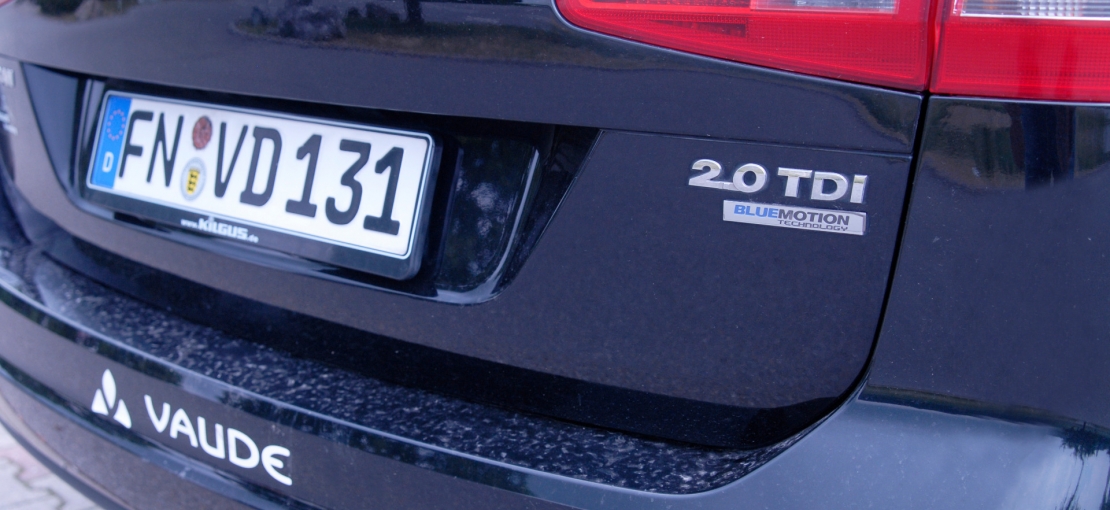
Fuel consumption in comparison
Fuel for cars and forklifts
We use diesel and gasoline at VAUDE for the company's fleet, as well as LPG for our forklifts and the organic snack bar at Café VAUDE. The LPG used by VAUDE comes from non-renewable sources.
The following table reflects consumption.
| GRI: | EN3 |
Increase in LPG consumption due to renovation
We collected information on LPG consumption at the organic snack bar in 2013 for the first time.
The LPG consumption of our trucks has increased by 57 percent compared to the previous year. The reason for this is that VAUDE has been renovating an office building using its own trucks since mid-2013. After the renovation, consumption will drop again.
For the conversion from kilogram (kg) of liquefied petroleum gas in kilowatt-hours (kWh), we have used the information on the Baltic Sea Gas homepage.
Somewhat less fuel per 100 kilometers
Fuel consumption for the company fleet is virtually unchanged at an approximately constant driving distance. It is encouraging that the average consumption per 100 kilometers driven has decreased slightly. Here the switch to low-emission vehicles and VAUDE’s explicit support of economical driving is noticeable.
Diesel and gasoline are primarily produced from petroleum. We have also factored in a five per cent share of bioethanol in gasoline and a seven percent share in diesel for this calculation (Sources: Wikipedia - bioethanol, Wikipedia - biodiesel).
All figures and explanations given here relate to the VAUDE company headquarters in Tettnang-Obereisenbach. We cannot make calculations for the supply chain as yet, due to a lack of available data.







